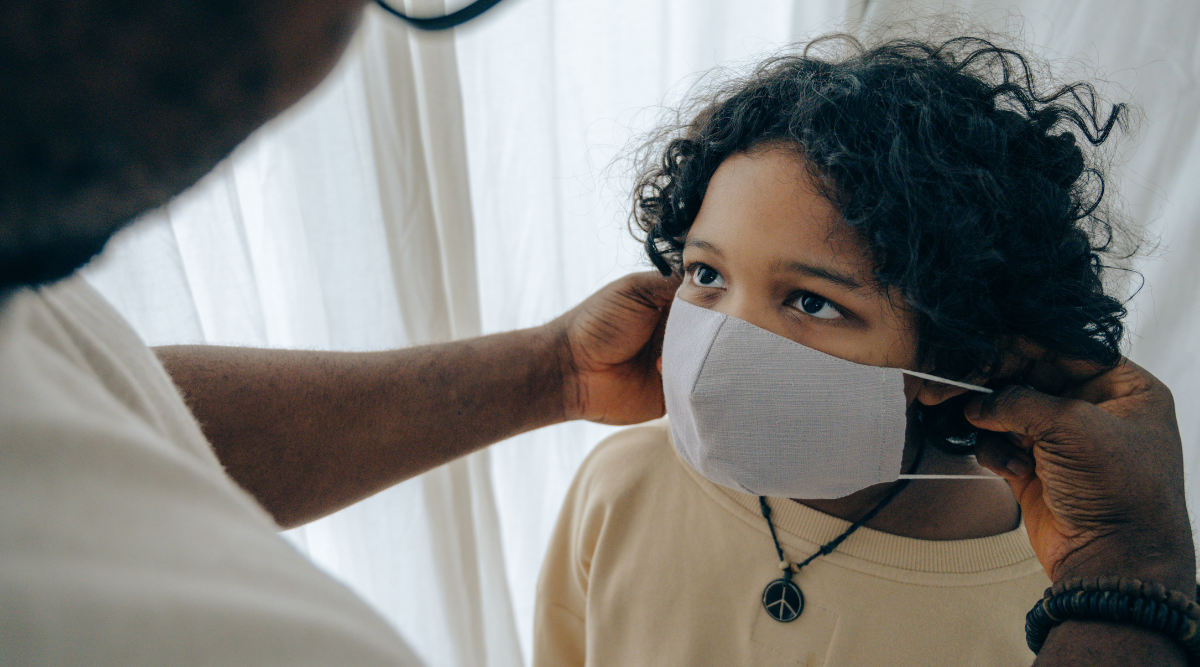
These medications can be given as needed for allergy symptoms. These include loratadine (generic Claritin), Claritin, and Zyrtec. The most common triggers are trees in the spring, grasses in the summer, and weeds in the fall!Įffective non-sedating medications are now available for children over the age of 2 without a prescription for treatment of seasonal allergies. Typical symptoms include watery, itchy, red eyes a clear runny nose sneezing and an itchy palate or throat. June 5, 2019.Seasonal allergies, or hay fever, are very common at this time of year. Centers for Disease Control and Prevention. National Heart, Lung, and Blood Institute. Safety profile of cough and cold medication use in pediatrics. The common cold in children: Management and prevention. Itasca, Ill.: American Academy of Pediatrics 2018. Use caution when giving cough and cold products to kids.Rochester, Minn.: Mayo Foundation for Medical Education and Research 2017. Philadelphia, Pa.: Saunders Elsevier 2016. In: Murray and Nadel's Textbook of Respiratory Medicine. When to give kids medicine for coughs and colds.

Loss of bladder control (urinary incontinence).Coughing can cause a variety of problems, including: Having a persistent cough can be exhausting.

Frequent exposure to secondhand smoke also can lead to coughing and lung damage.
Idiopathic pulmonary fibrosis (chronic scarring of the lungs due to an unknown cause)īeing a current or former smoker is one of the leading risk factors for chronic cough. Sarcoidosis (collections of inflammatory cells in different parts of your body, most commonly the lungs). Nonasthmatic eosinophilic bronchitis (airway inflammation not caused by asthma). Laryngopharyngeal reflux (stomach acid flows up into the throat). Bronchiolitis (inflammation of the very small airways of the lung). Bronchiectasis (damaged, dilated airways). Aspiration (food in adults foreign bodies in children). Less commonly, chronic cough may be caused by: Angiotensin-converting enzyme (ACE) inhibitors, which are commonly prescribed for high blood pressure and heart failure, are known to cause chronic cough in some people. Most people with COPD are current or former smokers. Emphysema causes shortness of breath and damages the air sacs in the lungs (alveoli). Chronic bronchitis can cause a cough that brings up colored sputum. COPD, a chronic inflammatory lung disease that causes obstructed airflow from the lungs, includes chronic bronchitis and emphysema.  Chronic obstructive pulmonary disease (COPD). Chronic cough can also occur with fungal infections of the lung, tuberculosis (TB) infection or lung infection with nontuberculous mycobacterial organisms. A common but under-recognized cause of a chronic cough in adults is pertussis, also known as whooping cough. A cough can linger long after other symptoms of pneumonia, flu, a cold or other infection of the upper respiratory tract have gone away. The coughing, in turn, worsens GERD - a vicious cycle. The constant irritation can lead to chronic coughing. In this common condition, stomach acid flows back into the tube that connects your stomach and throat (esophagus). Gastroesophageal reflux disease (GERD). In one type of asthma (cough-variant asthma), a cough is the main symptom. An asthma-related cough may come and go with the seasons, appear after an upper respiratory tract infection, or become worse when you're exposed to cold air or certain chemicals or fragrances. This condition is also called upper airway cough syndrome (UACS). When your nose or sinuses produce extra mucus, it can drip down the back of your throat and trigger your cough reflex. The following causes, alone or in combination, are responsible for the majority of cases of chronic cough:
Chronic obstructive pulmonary disease (COPD). Chronic cough can also occur with fungal infections of the lung, tuberculosis (TB) infection or lung infection with nontuberculous mycobacterial organisms. A common but under-recognized cause of a chronic cough in adults is pertussis, also known as whooping cough. A cough can linger long after other symptoms of pneumonia, flu, a cold or other infection of the upper respiratory tract have gone away. The coughing, in turn, worsens GERD - a vicious cycle. The constant irritation can lead to chronic coughing. In this common condition, stomach acid flows back into the tube that connects your stomach and throat (esophagus). Gastroesophageal reflux disease (GERD). In one type of asthma (cough-variant asthma), a cough is the main symptom. An asthma-related cough may come and go with the seasons, appear after an upper respiratory tract infection, or become worse when you're exposed to cold air or certain chemicals or fragrances. This condition is also called upper airway cough syndrome (UACS). When your nose or sinuses produce extra mucus, it can drip down the back of your throat and trigger your cough reflex. The following causes, alone or in combination, are responsible for the majority of cases of chronic cough: 
In many cases, more than one cause is involved. However, a cough that persists for weeks is usually the result of a medical problem. An occasional cough is normal - it helps clear irritants and secretions from your lungs and prevents infection.








 0 kommentar(er)
0 kommentar(er)
